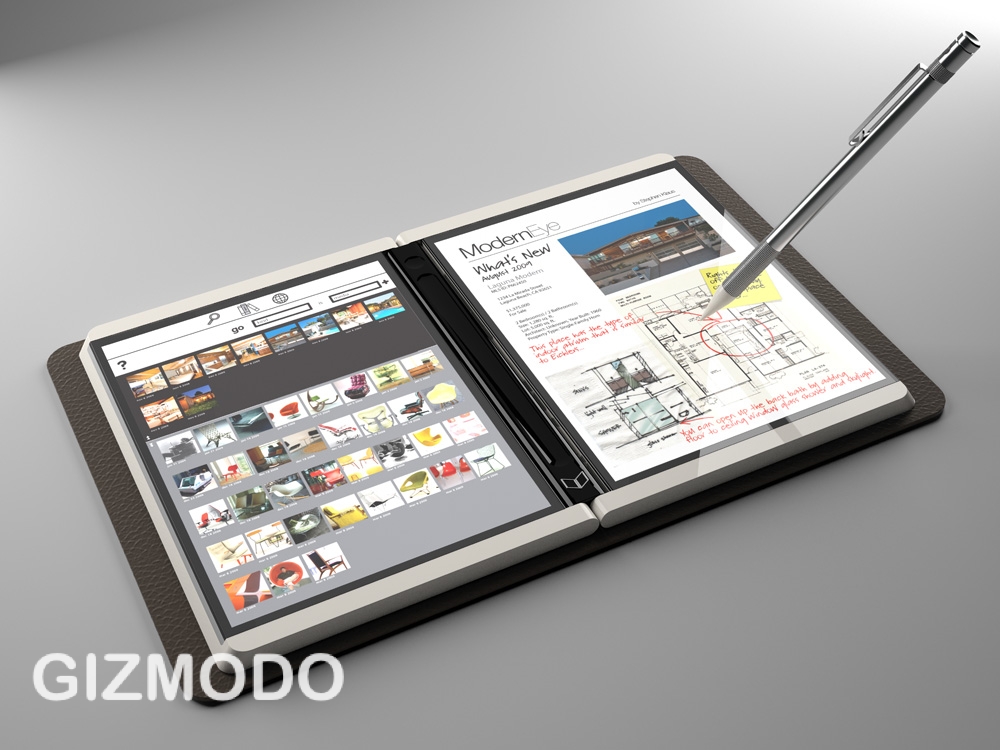
From Virtual Boy to true Virtual Reality–[expletive] is about to get real.
This month at the 2014 Game Developers Conference in San Francisco, Sony revealed the latest piece of hardware they’re working on. No, it’s not the PS5 but rather”Project Morpheus.” That’s the code name for their attempt at virtual reality hardware. It’s something that’s straight out of the future–a sophisticated-looking head-mounted unit gets strapped to your noggin and you peer into two LCD 1080p displays (that merge into one) with a 90 degree field of view. Simply put, Morpheus is going to fully immerse you in games like never before. Or in Sony’s Shuhei Yoshida words Morpheus promises “to build on our mission to push the boundaries of play.”
Morpheus, at its core, aims to “create experiences that deliver a sense of presence – where players feel as though they are physically inside the virtual world of a game.” Furthermore, “presence is like a window into another world that heightens the emotions gamers experience as they play.” I think you get the picture.
Morpheus is PlayStation branded hardware that is still very much in the prototype stage. A handful of details, however, managed to trickle out from GDC as a number of units were in fact playable at the conference. The VR headset works in tandem with PS4; accelerometer and gyroscope sensors inside collaborate with the PlayStation Camera to deliver VR experiences. Also, the PlayStation Move controller as well as the PS4’s standard DualShock controller assist in said experiences. For example, future gamers will strap Morpheus on and be transported to a castle with a fire-breathing dragon. Tilt and move around your head as if you are actually there to view your landscape. Whip out your PS Move controller and suddenly you wield a sword to take down the otherworldly beast.
In addition to visuals, Sony is also making Morpheus an all-encompassing virtual reality experience by incorporating 3D audio technology. Gamers will be able to hear sounds coming from all around them in real-time depending on their head orientation. For example, sounds will barrage you from above you (think helicopters flying overhead) and even below you (the pitter-patter of footsteps rushing up a flight of stairs). A stereo headset jack on the unit allows you to plug in any kind of headphones you like to fully step into a virtual world with realistic visuals and 360-degree audio.
As made clear earlier, Project Morpheus is still in its infancy state in terms of final design and function. However, Sony is eager to share the hardware and SDK with developers so that early kinks can be fixed and exciting software can be developed. At GDC, Sony had a dogfighting shooter EVE Valkyrie and stealth actioner Thief playable inside Morpheus, as well as in-house demos “The Castle” and “The Deep” demonstrating the VR headset’s basic functions. In time, more games will be made for it. I think we know what Sony will be hyping when E3 rolls around this June.
Jump after the break to watch Project Morpheus in action.
[Via Sony] Continue reading Sony reveals Project Morpheus, virtual reality for PS4 gamers
















